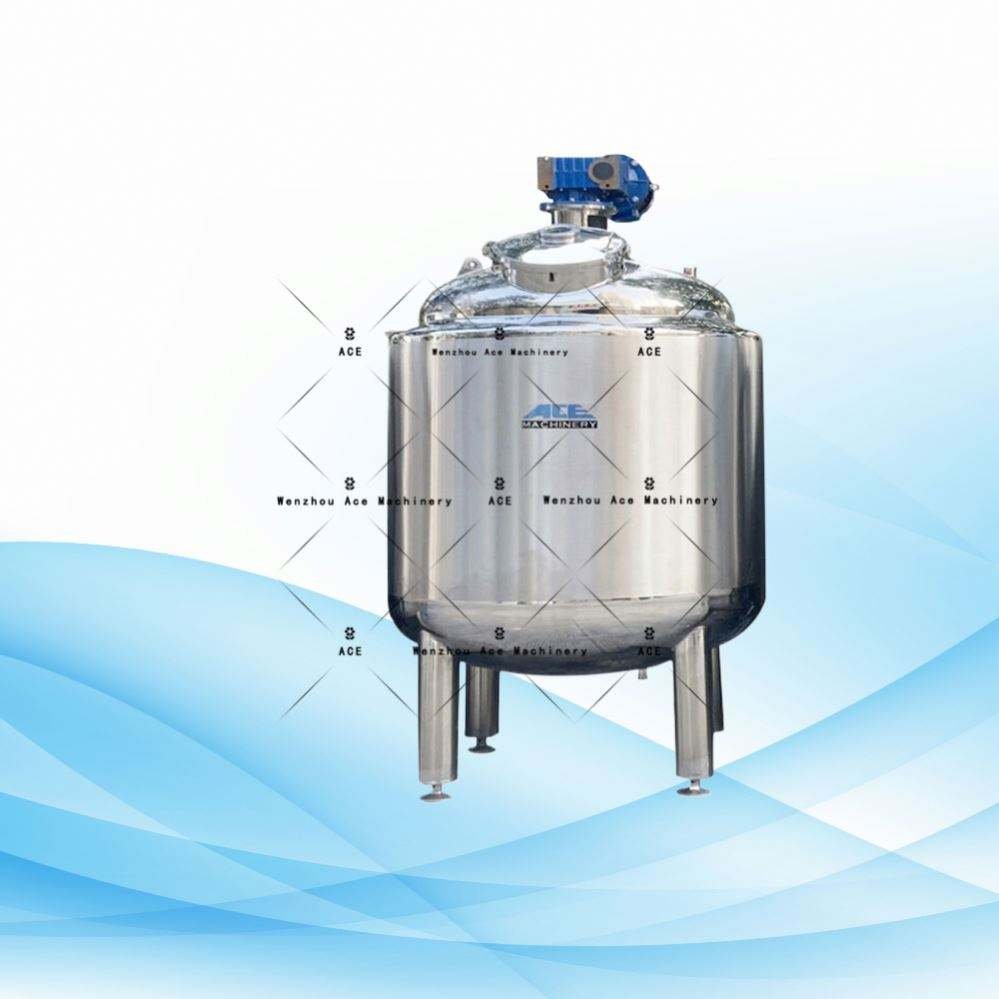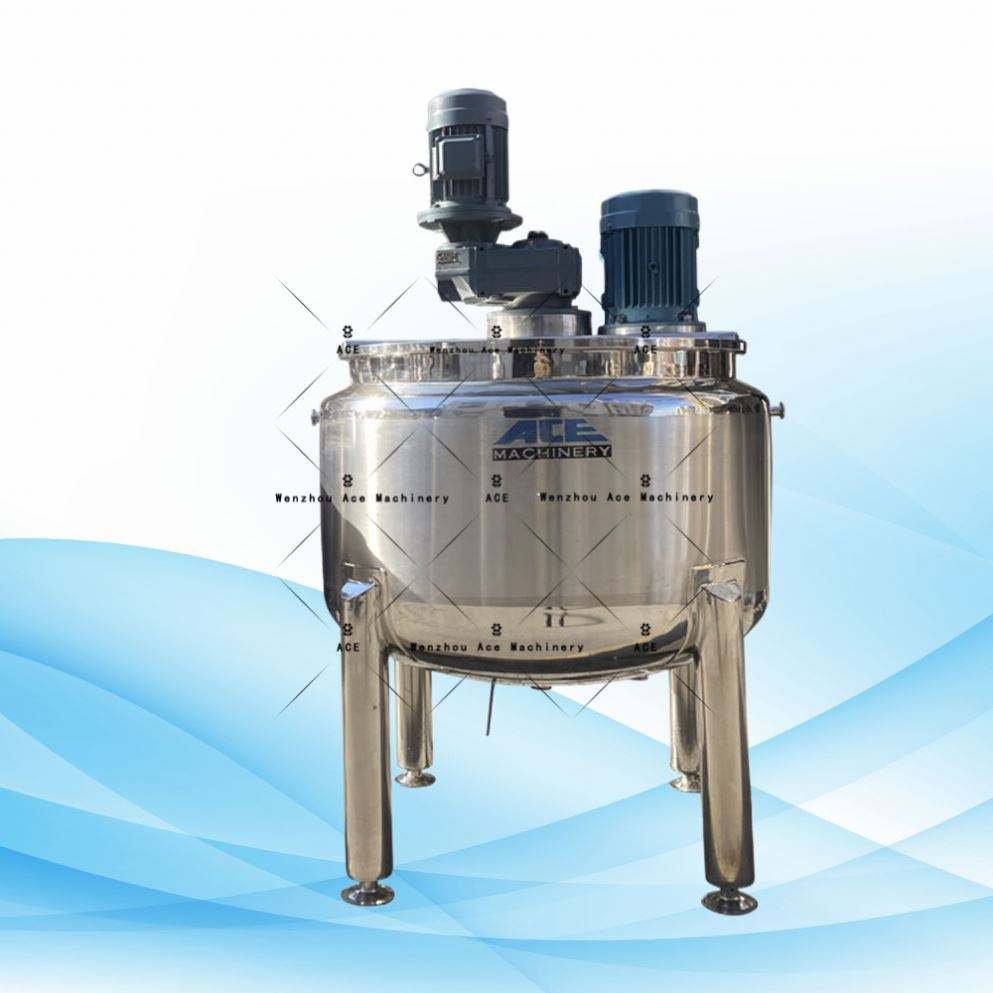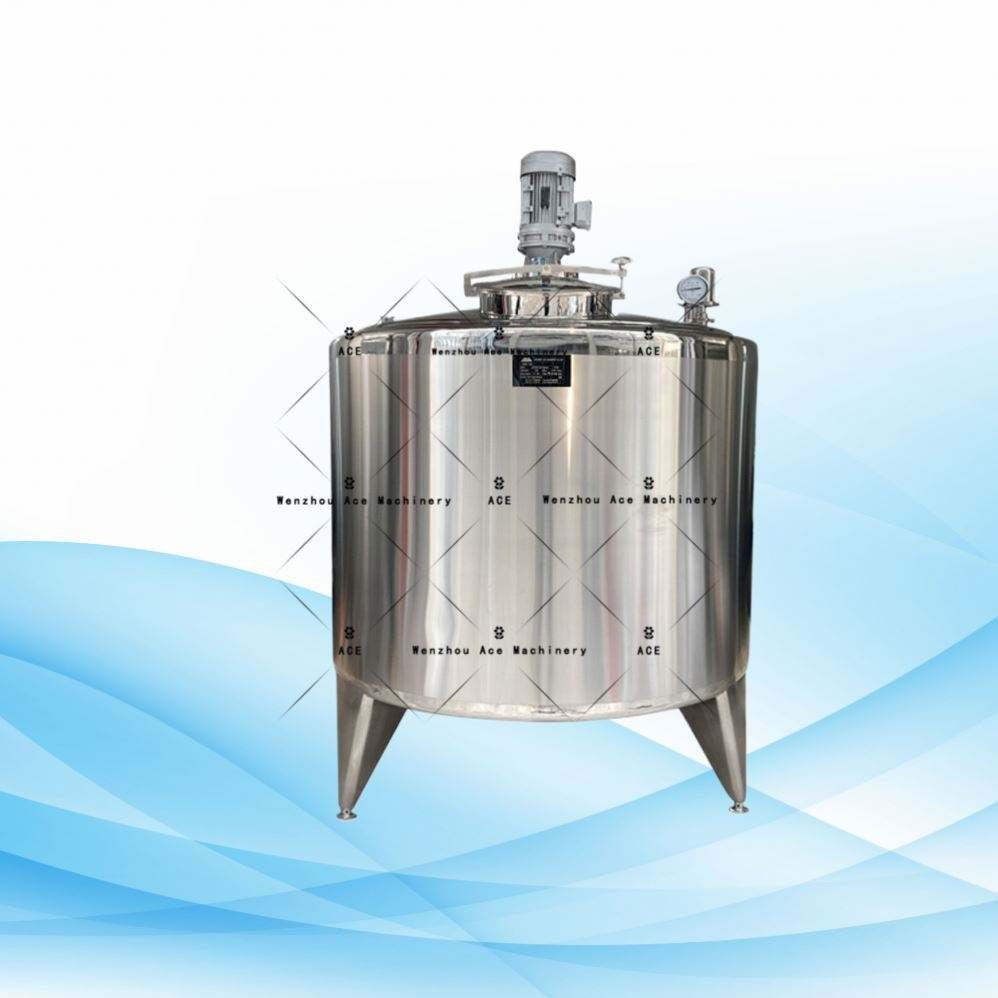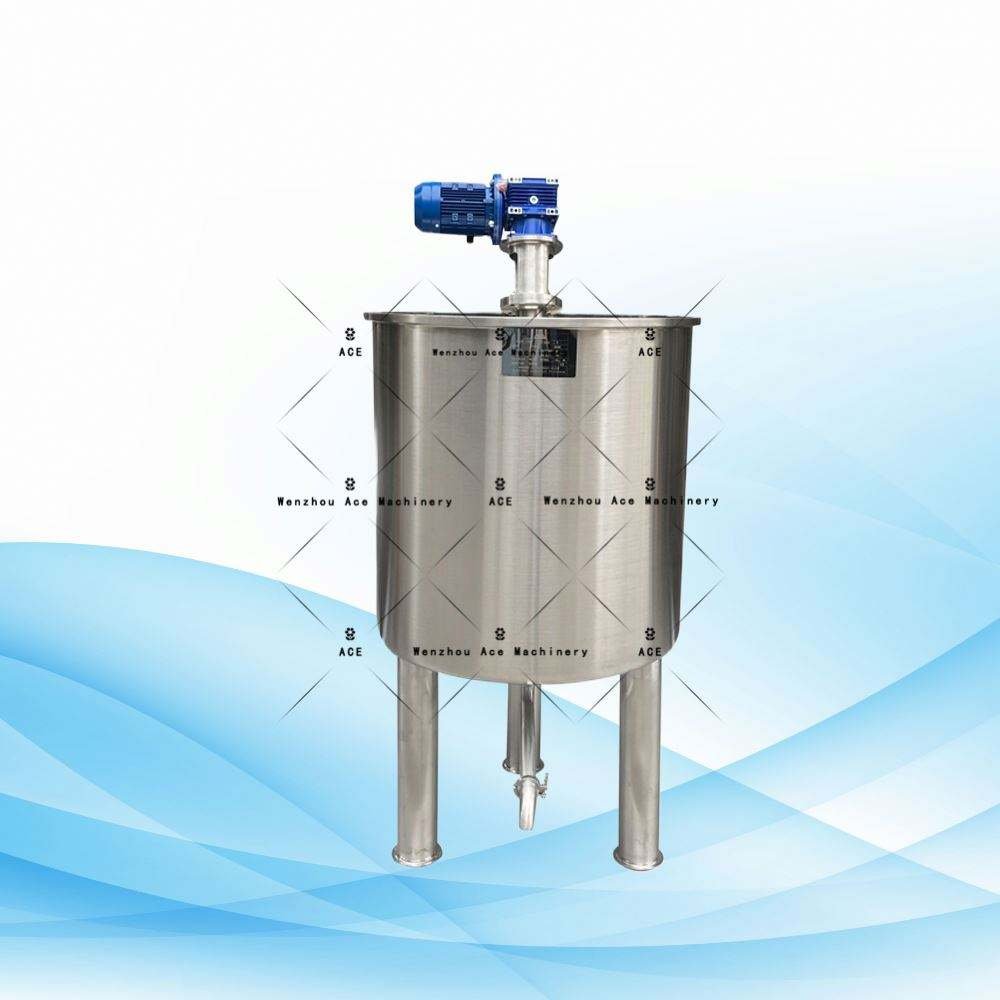Why is the emulsified material sometimes so thin? When creating cosmetics, ensuring a stable product system is crucial. Imagine trying to produce a consistent line of cosmetics, only to find that the viscosity of your emulsified materials varies wildly from one batch to another. At times, the material in each pot is noticeably thinner, potentially even half as thick as the standard viscosity. Yet, crucial factors like the pH and conductivity of the water used haven’t been measured. So, what’s the real issue here? Could the material of the emulsifying pot be playing a role?
Let’s explore some insights from a Vacuum Emulsifying Mixer Supplier to unravel this mystery.
Consider these factors with the Vacuum Emulsifying Mixer:
1. Check the cleanliness of the emulsifying pot and any connected pipes. Are they spotless?
2. Verify the consistency of raw materials and their suppliers. Any discrepancies?
3. Examine any recent changes in equipment. Even if your production process seems unchanged, sourcing from a different cosmetics equipment supplier could indirectly mean you’re dealing with a new emulsifying pot. This alteration can affect “quality,” necessitating adjustments in your homogenization time and speed, as well as the mixing slurry stirring speed.
Here’s a simple method to investigate further: Fill the emulsifying pot with water, heat it, stir for a bit, and measure the conductivity. Then, add more water and heat as usual. After homogenization, measure the water again. Identifying these issues should help pinpoint the factors affecting the material’s viscosity, allowing you to adjust your process to achieve a high-quality, stable product.
At the heart of a vacuum emulsifier is a homogenizer and an agitator composed of a fixed rotor. Their combined actions are designed to optimize emulsification and mixing. However, within the main emulsification tank, each component plays distinct roles.
Emulsifier Homogenizer
Looking at the homogenizer, it can be either top-mounted or bottom-mounted. Essentially, it’s made up of a fast-rotating cutting wheel rotor paired with a fixed cutting sleeve stator. As materials pass through this fast-moving rotor, they are subjected to a fierce mechanical shear force, causing rapid shearing, impacting, and turbulence. This process breaks down particles internally to sizes ranging from 200nm to 2μm, allowing for efficient micronization, emulsification, stirring, leveling, and dispersion within the emulsification tank.
Dispersed Homogeneous Head
The frame-type scraping wall agitator, usually equipped with a scraper, helps collect materials that stick to the pot wall, reintegrating them into the homogeneous mix. This approach ensures a more complete and even mixing process.
The central agitator, sharing the same motor with the wall agitator, has a basic speed of 0 to 65 revolutions per minute, with adjustable frequency. Its role is to support straightening and turbulence, enhancing the stirring effect for better outcomes.
If you’re interested, we also offer a Tube Filling And Sealing Machine for sale. Please contact us for more information.






